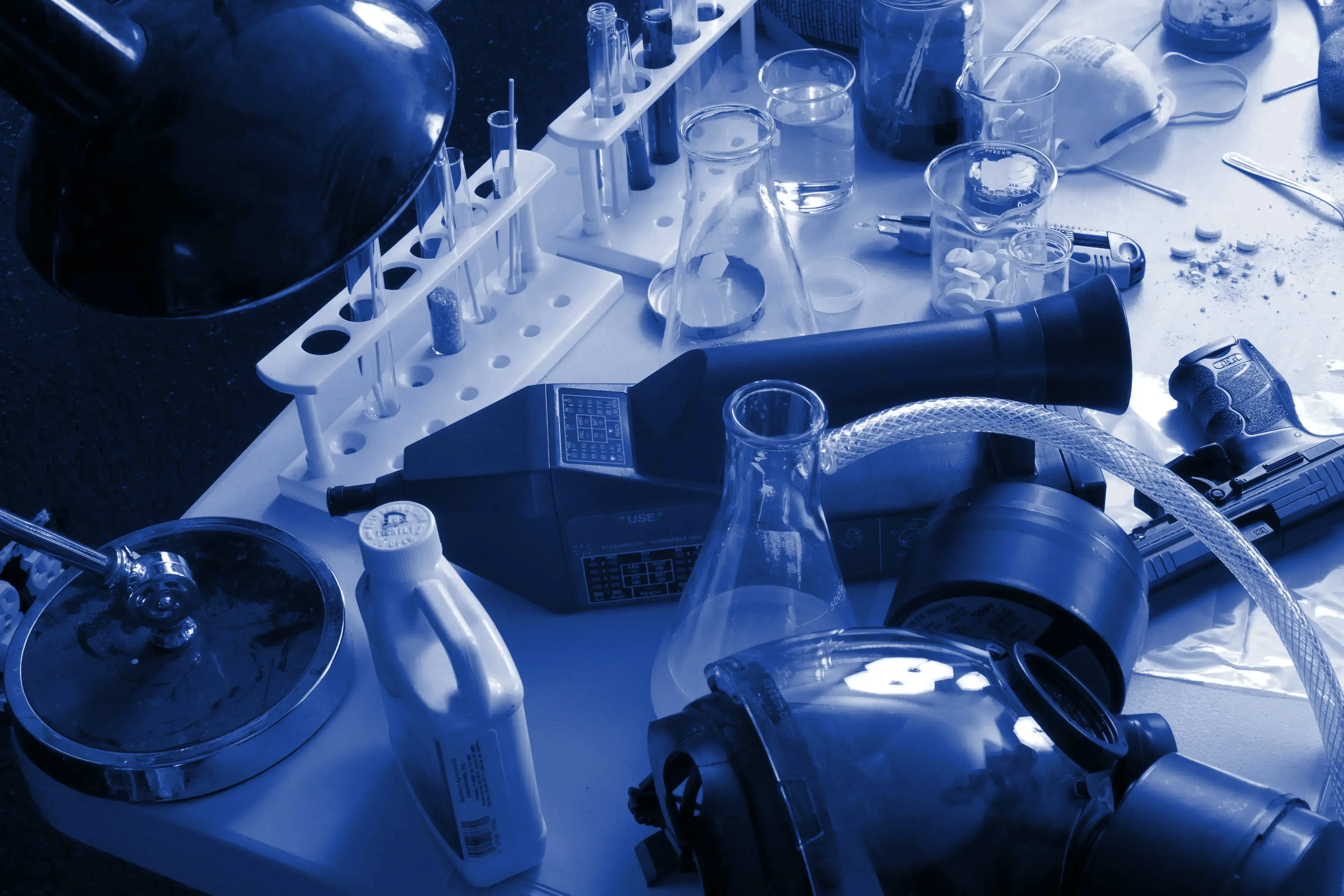$
Invisible Threats: How First Responders Can Recognize Chemical Suicides Warnings Signs
Proengin

Chemical suicides are a growing yet often overlooked danger for first responders. In confined spaces like cars, hotel rooms, or bathrooms, individuals mix everyday chemicals to create lethal gases — invisible, odorless, and deadly.
Without early warning, responders' risk immediate poisoning, unconsciousness, or worse.
The silent threat: Methods are now widely shared online (find our quick blog about it), and emergency teams are increasingly exposed without prior notice.
Why Chemical Suicides Are Especially Dangerous for First Responders
Upon arrival, first responders face multiple hidden hazards:
- Toxic gas exposure: Hydrogen sulfide (H₂S), hydrogen cyanide (HCN), phosphine (PH₃), or carbon monoxide (CO) can cause instant poisoning, unconsciousness, or death by inhalation.
- Contaminated surfaces and secondary exposure: Residues on victims, equipment, or surroundings can cause secondary poisoning without proper decontamination.
- Explosion risks: Some toxic gases are highly flammable, adding another layer of danger.
How to Spot Chemical Suicide Risks: What to Look For
Recognize early warning signs:
- Taped windows, sealed doors, or warning notes designed to contain or signal the presence of toxic gases.
- Visible chemical containers, powders, or liquids.
- Observe for vomit or bodily fluids. Vomits may contain organophosphates, which are absorbable through the skin. - Avoid contact by using gloves, coveralls, and proper protection.
- Gas tubing, "exit hoods," or unusual setups.
Identify chemical precursors.
- Are there chemical bottles, powders, or liquids nearby? These can point to the method used (e.g., acids + sulfides for H₂S). Use resources like the Chemical Companion to look up combinations and identify likely toxic gases or byproducts.
You have a detector in your ToolBox: Use AP4C real-time chemical detector
The AP4C detector quickly signals the presence of chemical threats. Key readings include:
- P channel: Phosphine presence
- HNO channel: Hydrogen cyanide or hydrazoic acid presence
- S channel: Hydrogen sulfide presence
Detection should be performed at multiple heights — heavier gases like H₂S and PH₃ accumulate near the ground, while lighter gases like HCN and CO may rise.
Protect Yourself, Protect Lives
If you are looking for detailed operational guidelines or tailored support on managing chemical suicide incidents, our team is available to assist you.
For more information on our detection systems and how they can support your missions, feel free to contact us directly.
Need detailed operational guidance or tailored support?
Our experts are here to help.
Stay tuned: our next blog post will cover Best Practices and Lessons Learned from chemical suicide responses.
Missed our webinar?
